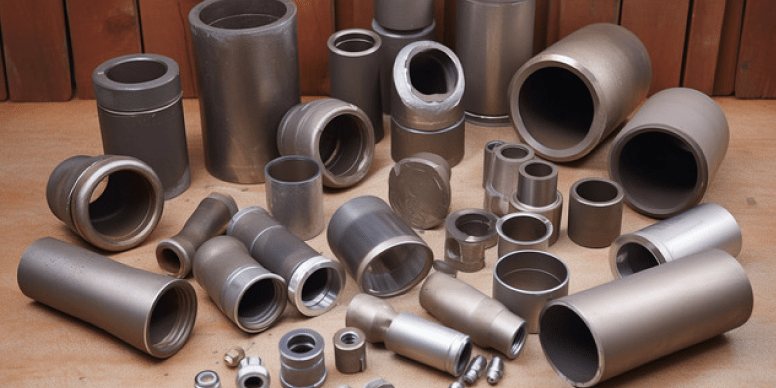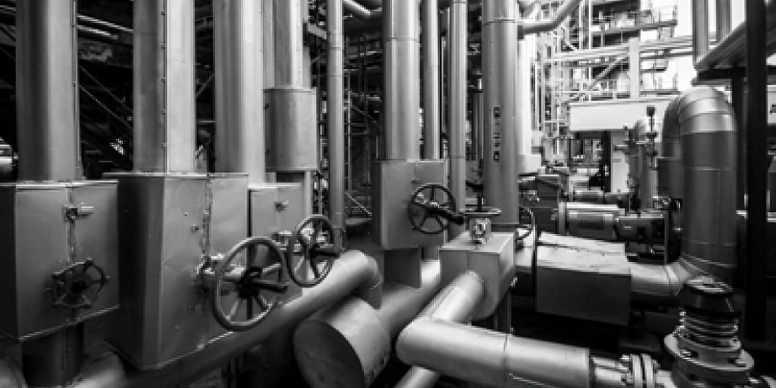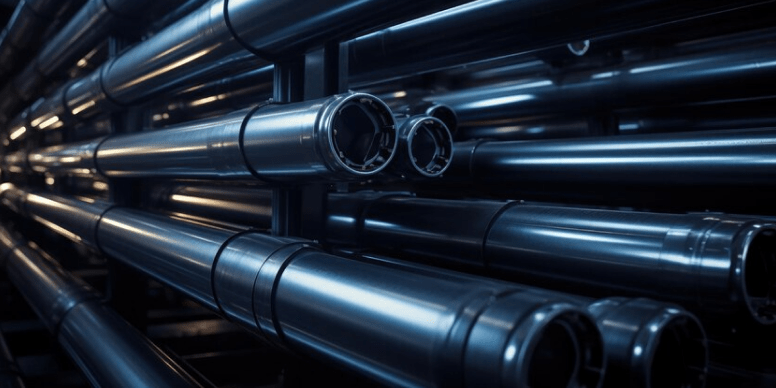Choosing the right stainless steel pipe fittings is crucial for ensuring long-lasting performance, efficiency, and durability in any project. Whether you’re working on an industrial system or upgrading plumbing at home, understanding the differences between material options will help you make the best decision.
In this guide, we’ll highlight the benefits of various stainless steel pipe fittings, including carbon, duplex, and alloy, and show how each type meets the specific needs of different industries.
Why Stainless Steel Pipe Fittings Matter?
Pipe fittings are essential for connecting, redirecting, and controlling the flow of fluids or gases in a system. Stainless steel pipe fittings are a great choice for several key reasons:
Corrosion Resistance :
Stainless steel naturally resists rust and chemical damage, making it ideal for tough environments. This extends the lifespan of the fittings and reduces the need for frequent replacements.
Durability :
Stainless steel is strong, ensuring long-lasting performance. It helps lower maintenance costs and reduces downtime, even in critical systems. It also performs well under extreme stress and temperature changes.
Versatility :
Stainless steel fittings come in various grades and forms, allowing them to fit the needs of many industries. Whether for standard or custom applications, these fittings offer the flexibility to meet different requirements.
- 304/304L: Known for its excellent corrosion resistance and easy shaping, this grade is perfect for a wide range of everyday applications.
- 310S: Offers great protection against high-temperature oxidation, making it ideal for furnace parts and heat exchangers.
- 316/316L: Highly resistant to corrosion, especially in salty or chemical-rich environments, making it the go-to choice for marine, chemical, and pharmaceutical industries.
- 317L: Well-known for its strong resistance to corrosion in chemical environments, especially when dealing with sulfuric acid.
- 321/321H: Best for high-temperature applications and thermal cycling, offering great stability even in extreme conditions.
- 347/347H: Perfect for environments with heavy oxidation, offering resistance to intergranular corrosion, and ensuring long-term reliability.
- 904L: Provides excellent resistance to acidic and chloride-rich environments, ensuring durability and a long lifespan.
- 201/202: A budget-friendly choice for low to moderate corrosion situations, often used for decorative purposes.
Exploring Material Options
When selecting the right stainless steel pipe fittings, it’s important to understand the material options available. Carbon, duplex, and alloy stainless steels each offer unique benefits suited for specific applications.
Carbon :

Carbon steel pipe fittings are known for their strength and affordability. They work well in low to medium-pressure systems and environments with minimal corrosion.
However, they are not as rust-resistant as stainless steel, which can limit their use in harsher conditions. Still, they offer great value for many standard applications.
Duplex :

Duplex stainless steel fittings combine the best qualities of austenitic and ferritic steels, offering strong corrosion resistance even in tough environments.
These fittings are ideal for high-pressure applications and industries like oil and gas, which deal with harsh chemicals. They are also more resistant to stress corrosion cracking, making them reliable for critical uses.
Alloy :

Alloy stainless steel fittings are designed for specific needs, such as heat resistance, corrosion protection, and oxidation resistance.
These fittings are commonly used in industries like aerospace, automotive, and chemical processing, ensuring long-lasting performance under extreme conditions.
Crosses are pipe fittings that have four openings in a cross-like shape, enabling the connection of multiple pipes. They are commonly used in systems where the flow needs to be distributed in different directions, ensuring efficient branching within the pipeline.
Plugs and caps are used to close off the ends of pipes. Plugs fit inside the pipe, while caps cover the outside, both providing a secure seal to prevent leaks or blockages.
Applications in Various Industries
Here’s a breakdown of which material type—carbon, duplex, or alloy—works best for each industry based on specific needs:
Oil and Gas:
Duplex – Duplex stainless steel is ideal for high-pressure and high-temperature pipelines. Its strength and corrosion resistance ensure leak-proof connections and longer operational life.
Chemical Processing:
Alloy – Alloy stainless steels, like 316L and 317L, are perfect for chemical processing. They offer strong resistance to reactive chemicals, keeping systems safe while handling harsh substances.
Marine:
Duplex or Alloy – Both duplex and alloy stainless steels (such as 316) are great for marine environments. Their excellent corrosion resistance to saltwater helps equipment last longer.
Construction:
Carbon – Carbon steel is commonly used in construction for plumbing and structural fittings. It’s affordable, strong, and durable enough for environments with low to moderate corrosion risk.
Power Generation:
Alloy – Alloy stainless steels, like grades 321 and 310S, are ideal for power generation systems. They can withstand extreme heat, pressure, and oxidation, ensuring reliability and reducing downtime.
Choosing the right stainless steel pipe fittings is crucial for maximising your system’s performance and lifespan. By understanding the differences between carbon, duplex, and alloy stainless steel, you can select the best material for your needs. The right fittings enhance reliability, reduce maintenance, and boost efficiency across various industries.
If you’re in need of reliable stainless steel pipe fittings for your projects, look no further than Riyaarth Overseas. We provide a wide range of high-quality fittings tailored to meet the needs of various industries.
Contact us to discuss your requirements and get expert guidance on choosing the best products for your needs!
FAQ's
Stainless steel pipe fittings are components used to connect, change direction, or control the flow in piping systems. They offer high resistance to corrosion and are commonly used in industries like oil and gas, chemical processing, and food production.
The main difference lies in their resistance to corrosion. 304 stainless steel is more affordable and suitable for most applications, while 316 stainless steel contains molybdenum, providing better corrosion resistance, especially in marine and harsh chemical environments.
304 stainless steel pipe is commonly used in food processing, water treatment, and general industrial applications. It is ideal for environments where moderate corrosion resistance is required and is widely used for its ease of fabrication and affordability.
The types of stainless steel pipe fittings include elbows, tees, reducers, couplings, and flanges. Each fitting serves a specific purpose, such as changing direction, branching off flow, or connecting pipes of different sizes.

